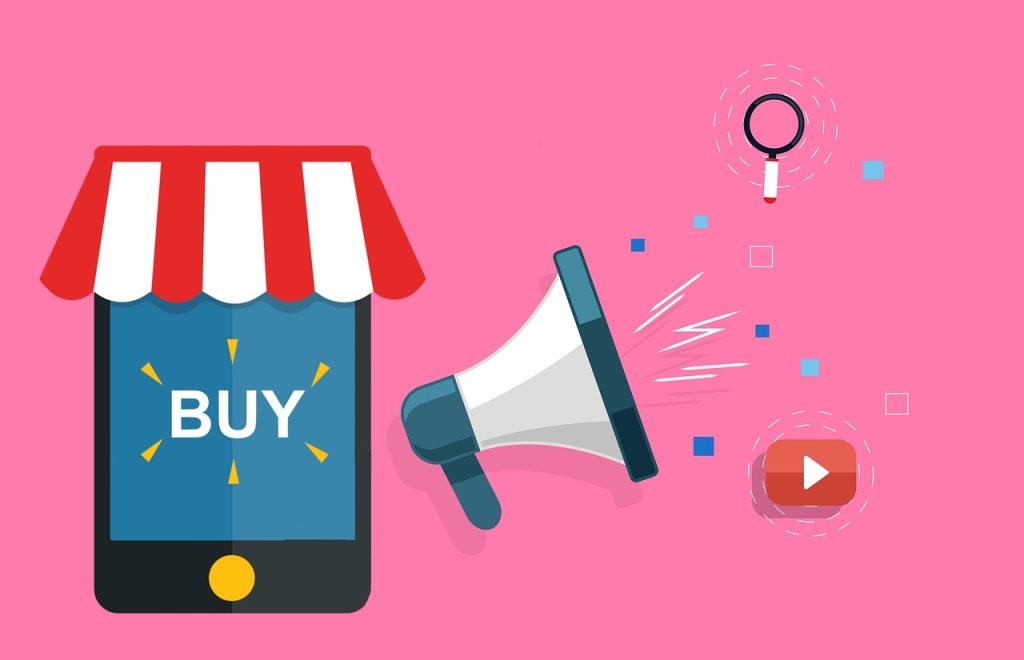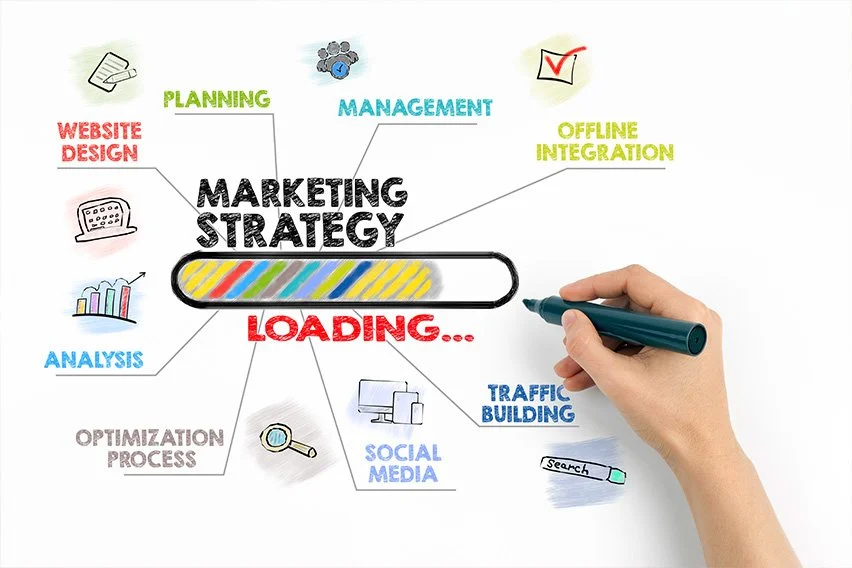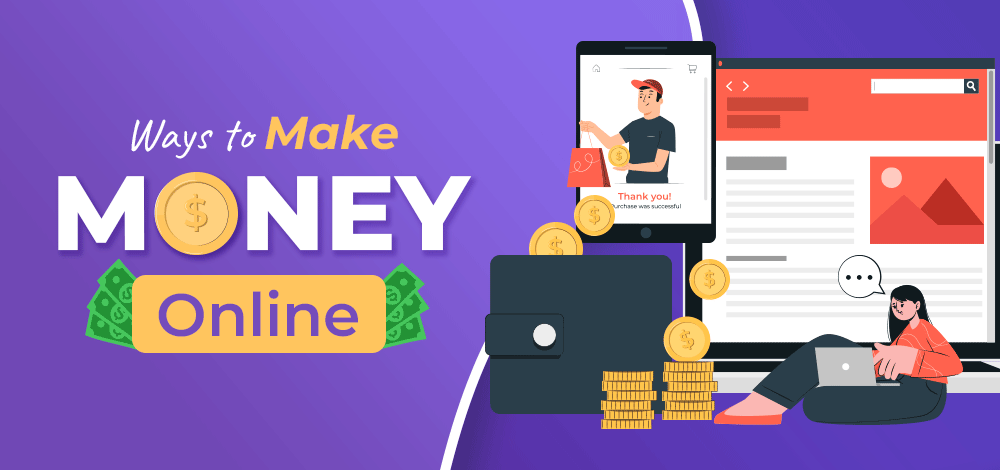Want to know how eCommerce works? Read on as we take you through the basics of shopping online. From discovering the right eCommerce platform to building an eCommerce website and incorporating it with a payment gateway, this article will cover everything you need to know.
When it comes to shopping, everyone has their own preferences. For some people, searching for the right store and sifting through the extensive options available might not be the most pleasant experience.
Whether you’re a seasoned shopper looking to broaden your horizons or someone who wants to learn how to shop online, this article is for you. Read on as we take you through everything you need to know about eCommerce, from discovering the right platform to selling your products online.
What Is eCommerce?
There are many definitions of eCommerce. For the sake of clarity, we will define eCommerce as the selling of products or services via the internet. What exactly falls under the definition of “online selling” will vary from person to person.
Online selling can take many forms. It can be selling a product that is physical but produced by a third-party, such as a t-shirt produced by a factory. It can be selling a digital product, such as an e-book or an audio file. It can also be selling a service, such as a Virtual Assistant.
How eCommerce Works
Online shopping works by sellers listing their products for sale on online marketplaces, like eBay and Amazon. Buyers browse the marketplace’s listings and make purchases directly from the marketplace. The marketplace serves as a hub for both buyers and sellers to connect and buy or sell products.
Marketplaces make it easy for both buyers and sellers. Sellers list their products and make their pricing transparent. Buyers browse through marketplace listings to find the products they want and make their purchases directly from the marketplace.
Marketplaces can be a source for manufacturing products and selling them directly to consumers. They can also be sources for purchasing products manufactured by other 3rd parties and reselling them.
Discover The Right Platform
Ecommerce platforms are essentially digital marketplaces that connect sellers with buyers. They make it easy for sellers to list their products, and they filter through buyer interest to help buyers find the products they want.
Before you choose a platform, however, you need to consider a few things. What kind of products do you want to sell? How will you make those products? What are your costs and fees?
With a better idea of the products you want to sell, you can look for potential platforms. Start by scanning through the list of marketplaces on the right. These marketplaces are the backbone of eCommerce. Notice that many of these platforms are also available on mobile apps.
Build An eCommerce website
After discovering the right platform, the next step is to build your eCommerce website. It’s important to have an eCommerce website. You can’t sell products without one.
Your website should have a dedicated eCommerce theme. This theme should have the following elements:
- A shopping cart: A shopping cart is a tool designed to help you manage the sales of your products. It’s essential for you to use a shopping cart. If you don’t, you’ll never get past the “gearing up” phase.
- Product images: Product images help shoppers visualize your product. They’re especially important for products that are physical and are sold as a bundle.
- Product reviews: Customers are more likely to buy products that have reviews. Negative reviews, however, must be handled carefully. Product reviews help you solve the issue of negative reviews.
Add A Payment Gateway
The next step is to add a payment gateway to your website. When customers make their purchase, they’ll need to choose a payment method. You can choose to accept credit cards or bitcoin as a payment gateway.
Credit card processing allows you to collect payment at the time of purchase. This means you don’t have to wait for the customer to receive their product and open a dispute. Bitcoin works similarly to credit card processing. It allows you to collect payment at the time of purchase.
However, it doesn’t require you to send a copy of the receipt to the customer. This leaves less room for disputes. Credit card or bitcoin? You can accept both credit cards and bitcoin on most payment gateways. Keep in mind, however, that credit card processing is faster than bitcoin.
Now that you’ve got your hands wet with the basics, it’s time to step up your game. Keep reading for more information on how to sell online. Whether you’re looking to grow your business or make some extra money, eCommerce is an exciting, profitable, and rewarding way to sell your products.
Before you start creating products and listing them on marketplaces, however, you must do your research. Knowledge is key to success in the eCommerce world.
Keep reading for more information on how to sell online, such as what exactly constitutes eCommerce and what platforms are best for your business. From there, you can choose the specific tools that work best for your products and your budget.
















